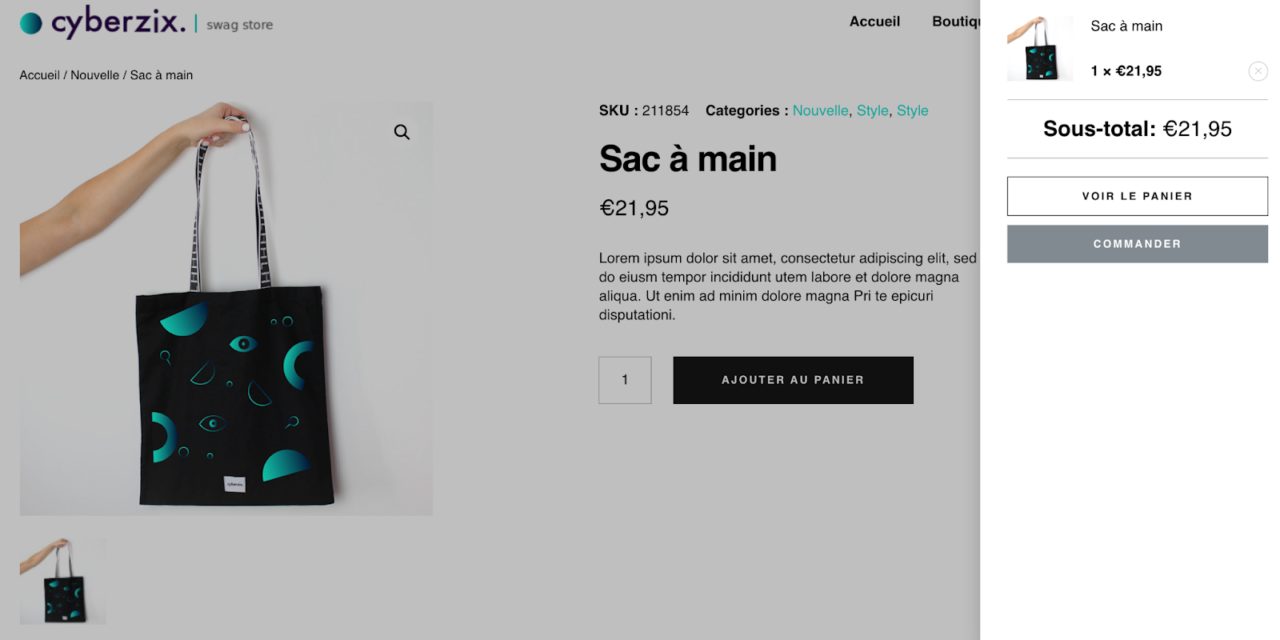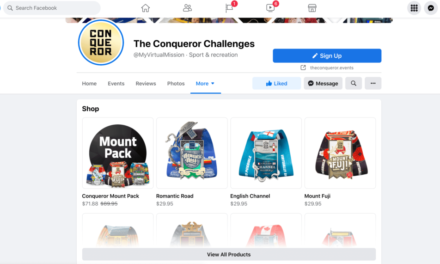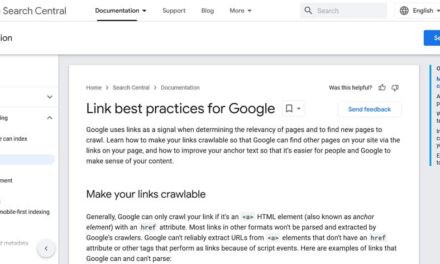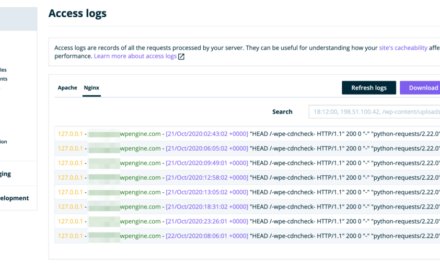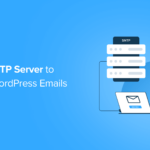Want to build a multilingual website but not sure where to start? Worried it will take too much time, be too expensive, or too complicated?
These are common myths. Building a multilingual WordPress website can actually be straightforward and simple. And as well as being relatively inexpensive to set up, translating your website will typically result in a bigger audience share and more engagement or sales for your business.
Why it’s important to have a multilingual website
There are various reasons why it’s important to have a multilingual website. Let’s dive into them.
Reaching an international audience
If you want your website to be available to a global audience, it’ll need to cater to a variety of languages. If people visit your website but aren’t able to view it in their native language, either their experience will suffer or they’ll be put off altogether.
Improving your conversion rates
From surveying 2,430 web consumers across eight countries, Common Sense Advisory found that over 70% of interviewees said they would be more likely to buy a product with information in their own language. More than 55% said that obtaining information in their own language is more important than price.
Enhancing your SEO
SEO is integral for finding new customers and boosting your domain’s authority. By targeting your specific audiences, you’re expanding your reach and improving your chances of ranking in a whole bunch of other regions across the globe.
Hire an Agency to Build Your International Website or Do it Yourself?
You may think that you need to hire an agency if you want to make a WordPress website and turn it multilingual. It is an option, but building it yourself is also possible – and often, the most affordable and flexible choice.
You can take full ownership of building your multilingual website and not have to worry about expensive agency fees. There are many solutions available that make the process as hassle-free and easy to understand as possible.
Below, we’ll explore 3 steps to building a multilingual WordPress website on your own.
1. Find a Good Hosting Company
If you’re looking into how to build a multilingual WordPress site, you may already be set up with a domain and hosting company.
In case you haven’t arranged these steps, there are a number of considerations when deciding what will work best for you. At the same time, there are some qualities in hosting that you’ll want to make sure you receive, regardless of the type of website you want to build and how quickly you plan to grow:
WordPress specific: Make sure the host you choose is compatible with WordPress. Most are, considering WordPress powers over 42% of all the websites on the Internet.
Scalable: If you’re planning on growing your website and can expect to see a steady increase in incoming traffic, then choosing a hosting provider that can flexibly grow with your demand is vital.
Secure: The last thing any growing or thriving business needs is to be hacked or put at risk by sub-standard security measures. As well as looking for high-security, try to determine whether the provider you choose is adaptable to change and prepared for increased threats.
Great support: Even developers get stuck sometimes. Although building and maintaining a website as a novice is much easier than it was five–ten years ago, you’ll still need the support of professionals now and again.
Here’s a handy guide with further information on what to look for and a breakdown of some of the top-rated hosting companies.
2. Select a Website Builder Package That Does It All
One of the main reasons it’s a lot simpler to build all kinds of websites nowadays is due to the advent of visual website builders and page builders. There’s no need to worry about scary acronyms like HTML, CSS, JSON, or AJAX. These dynamic site builders allow you to design pages by simply dragging and dropping pre-designed widgets into place to create your ideal design. In most cases, you’re also able to choose from a great selection of templates to help you get started.
Popular website/page builders include Divi, Beaver Builder, Elementor and Avada Website Builder.
For this guide, we’ve chosen Elementor, not least because of its immense versatility, ease of use, and impressive range of features and add-ons. Plus, it’s undoubtedly a popular choice, with over five million users. And, its free version has all you need to build a well-designed multilingual WordPress website.
Start by Installing a Theme
Elementor provides its own Hello theme that is built for optimal speed and performance. It’s the perfect WordPress starter theme – minimal styling, maximum design freedom.
Designing Your Site With Elementor
Once you’ve installed your theme, it’s time to start thinking about designing your site.
You can do a lot with the free version of Elementor. First, there’s the drag-and-drop page builder for designing all your pages, posts, and other types of content. You can also design your own page templates and save them conveniently to re-use.
A variety of different elements, as well as a whole library of templates and blocks, are available. As well as all the standard options such as text, images, and headings, you can also access elements such as Google Maps, image carousels, social media icons, and much more.
For more guidance on designing your website with Elementor, there are detailed instructions and walkthroughs.
Elementor’s New Kits Library
The free version of Elementor features everything you need to design an attractive website, but if you want to try out even more features and functionality, Elementor’s Kits Library provides you with a whole new big box of tricks. Released in July 2021, it allows you to import entire kits or multiple template components simultaneously. There’s a limited version available with the free version of Elementor, so it doesn’t cost anything.
And If You Want to Go Pro…
As well as the comprehensive set of features available in the free version, if you choose Elementor Pro (available from $4.50/ Month), you’ll have access to a range of additional benefits. These include 300+ Pro templates and blocks, custom fonts and Adobe TypeKit, contact and subscription forms, and integrations with a variety of top plugins and software – such as ActiveCampaign and HubSpot.
3. Choose a Multilingual Plugin That Can Translate Your Site in Minutes
There are various plugins that specialize in making websites multilingual. Popular options include TranslatePress, WPML, and Polylang.
All of these plugins have their merits; ranging from the ability to translate directly from the front-end, live previews, and automatic translation options, to translation management systems, connection to third-party translation service providers, and WooCommerce support.
There are free multilingual plugin options (such as the base version of Polylang) that provide you with simple functionality. For more advanced features and support, paid versions of multilingual plugins provide all of the advancements, conveniences, and expert support needed to create and maintain a professional multilingual website.
WPML
For this final step of building a multilingual WordPress site, we’ll go with WPML due to its completeness, extensive compatibility with other plugins and themes, and the fact it can translate your site in minutes. This is made possible with WPML’s new “Translate Everything” mode, which is available with the Multilingual CMS version of WPML for just $99.
“Translate Everything” will automatically translate your content into secondary languages as you publish or edit it. It works on a credit-system, with enough credits included in the purchase of WPML to translate most small-to-medium-sized sites. Any additional credits can be purchased in a one-off bundle, or through a Pay As You Go system.
When you install WPML, complete the setup wizard and while doing so, choose to “Translate Everything”. This feature will then automatically translate your site’s main content in the background (it only takes a few minutes).
And it’s as easy as that! Your multilingual WordPress site is ready to hit audiences worldwide.
Note: Translate Everything covers all of your main content – posts, pages, custom post types, custom fields, taxonomies, WooCommerce products, and more. If you want to translate smaller texts like strings, menus, widgets, and form fields, you’ll need to do so by using WPML’s String Translation feature. The good news is, this workflow is also a simple and streamlined process.
Summary
Despite what you may have heard, building a multilingual WordPress website doesn’t have to be complicated – not when you choose the right tools for the job.
And the best part? You can do it all yourself! There’s no need to hire an agency or specialist to do the work for you.
A reliable, robust hosting package; an intuitive website theme and builder; and a comprehensive multilingual plugin with all the documentation and support you could wish for… Just three, simple, yet powerful steps you need to take for building a brilliant multilingual WordPress website.

